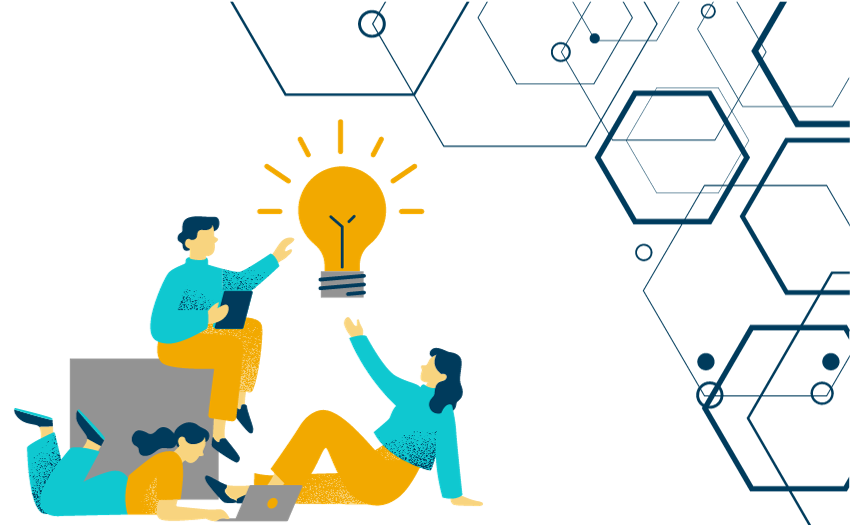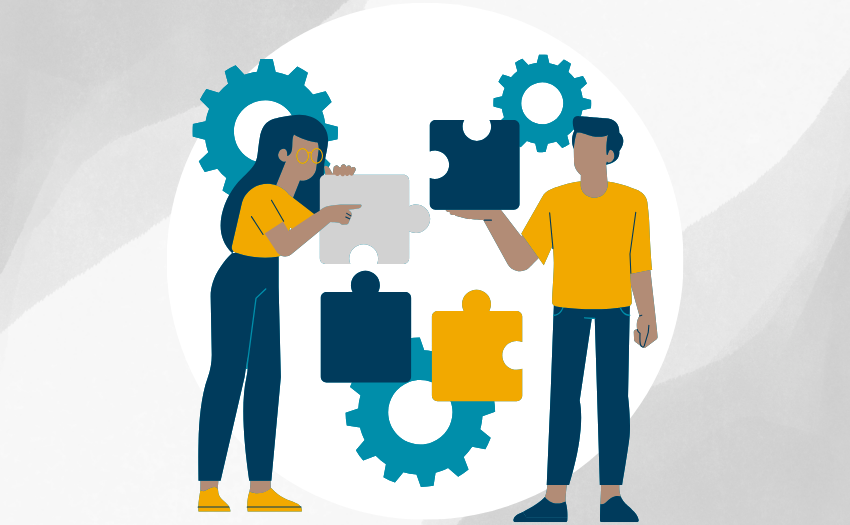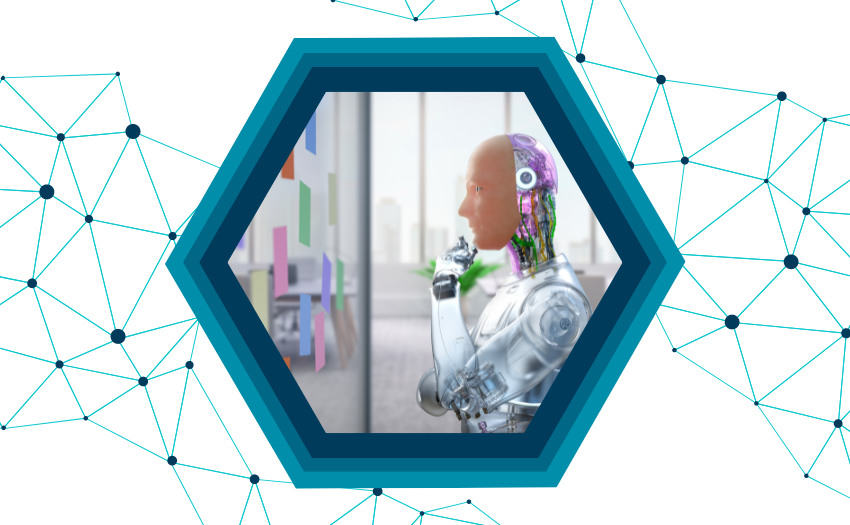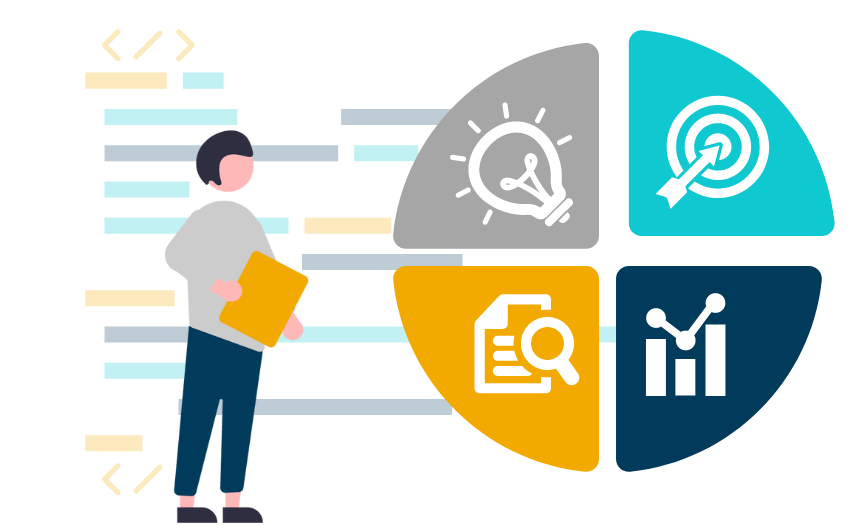In agile, a scaling framework can help large enterprises apply agile practices to complex projects that involve multiple teams.
One key difference between scaling frameworks and more team-based frameworks is the level of prescriptiveness. While many of the aforementioned agile frameworks typically have flexible guidelines, scaling frameworks provide more specific guidelines and rules to ensure consistency and coordination across multiple teams.
The prescriptiveness of a scaling framework is sometimes beneficial, but it can also force teams to use agile practices that don’t actually work for them.
SAFe
SAFe, or the Scaled Agile Framework, provides a structured approach for scaling agile principles and practices from the program level to the enterprise level. SAFe includes roles, ceremonies, and artifacts designed to coordinate agile teams within a larger organizational context.
LeSS
LeSS, or Large Scaled Scrum, is a scaling framework based on the principles of Scrum. It focuses on simplifying organizational structures, thus scaling up the single-team Scrum approach. Multiple teams collaborate as one unit, sharing a common product backlog, with guidelines for effective coordination to support large-scale projects.
Nexus
In the Nexus framework, several Scrum teams work together on a project with a single backlog. Emphasizing transparency, inspection, and adaptation, Nexus helps manage dependencies and complexities, facilitating the delivery of working software every sprint while maintaining Scrum's agility and flexibility.
Scrum @ Scale
Like LeSS and Nexus, Scrum @ Scale extends Scrum across multiple teams. In Scrum @ Scale, networks of Scrum teams form an ecosystem, often to work on different parts of a large product. It’s considered a lightweight and flexible framework, allowing customization while maintaining a standardized approach.
Disciplined Agile
Disciplined Agile (DA) is less of a framework and more of a toolkit. It integrates best practices from many different agile methods, allowing teams to choose agile ways of working that fit their unique context. Because DA is so flexible, it’s best suited for organizations that have experience with agile ways of working. For organizations that are new to agile, the lack of strict guidance can make it challenging to implement.
Where Do You Start?
If you're new to agile practice, the first challenge can be figuring out where to start. The key is to understand the mindsets that support agile, then take the first steps toward implementing it within your team or organization. This may involve training, adopting agile practices, and adjusting your mindset and processes.
How To Decide Which Agile Methodology or Framework Fits Best
Before choosing an agile methodology or framework, you should consider the following factors:
- Project needs, including scope and complexity
- Current and potential team configurations
- The team’s level of experience with agile and openness to experiment with something new
- Team member skill sets
Your goal is to align your team’s strengths and the project’s demands with an adaptable process to help you reach your desired outcomes. Remember, many teams mix and match agile practices from multiple frameworks to create their own framework. This approach allows the team to customize agile ways of working to their context.
Here are a few ways to assess if your chosen agile methodology or framework is working:
- Collect feedback from team members, stakeholders, and customers
- Evaluate if the approach has improved efficiency and flow of value delivery or minimized waste
- Assess the impact on project timelines, productivity, and the quality of deliverables
Regularly review and adapt your agile approach to ensure continuous improvement and successful project outcomes. If an approach isn't meeting your team's needs, you can always try another framework or mix and match aspects of multiple frameworks into a cohesive, tailored approach.
At ICAgile, we believe that agility is achieved through people, not processes and that agile implementation is not “one-size-fits-all.” Each team and organization deserves to find agile ways of working that meet their unique context and industry. To learn more about a variety of agile frameworks and methodologies, check out our Business Agility Foundations certification course.







